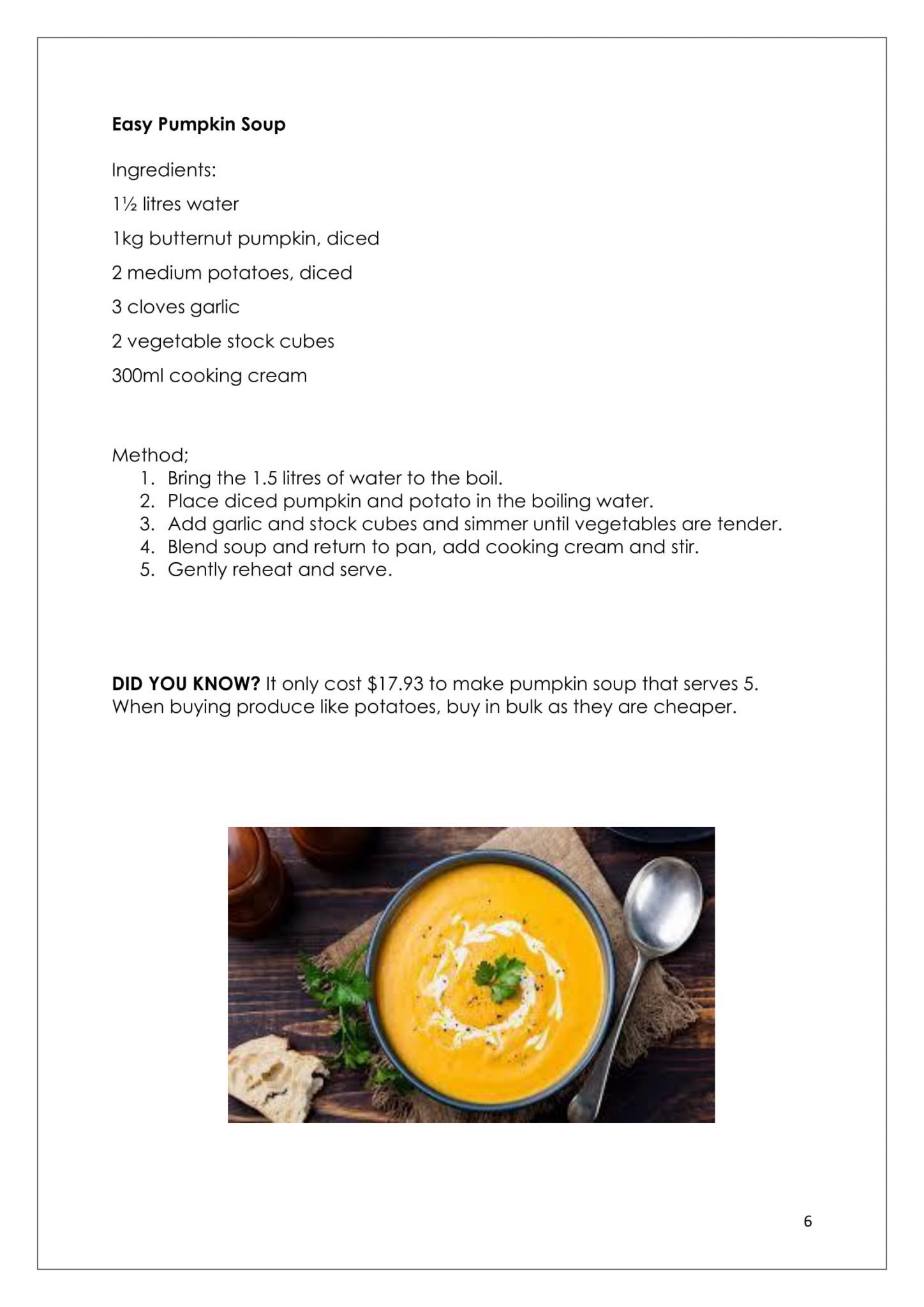Eating well on a very tight budget
Want to trim your grocery bill?
The grocery store can be a dangerous place: The shelves stocked high with chips and cookies (placed just right at eye level); family-sized frozen meals and kid-friendly boxed lunches; and aisles full of tempting and (supposedly thrifty offers like that buy-one-get-one-free sale on heat-and-eat chicken tenders). If you are trying to live frugally, pre-packed convenience foods can cause havoc to your budget.
Ask yourself: How often have you gone to the store for “just a few things” and checked out with a cartful of impulse purchases or so-called bargains?
I challenge you as a reader to try living on a grocery budget of only $70 a week.
Sound impossible?
Planning is Key
So, you have $70 and an empty refrigerator. But wait – before you dash off to the nearest grocery store, you should know what you’re going to buy, how much of it you’re going to buy, and – maybe most importantly – what you’re going to do with it when you get it home. Planning is key to your budget; you’ll need to make a list of everything you’ll require to create a week’s worth of healthy living. Buy things you like and buy things that can create multiple meals. Also plan on using left overs – these can make great lunches.
I suggest splitting your budget 3 ways:
Protein ($20). Buy reasonably priced items that you can use in a variety of ways. For example, if you buy a whole chicken, you can roast it for dinner one day and use the left overs in a pasta or a salad the next day. You can even use the inedible and/or less appetizing parts (bones, innards, neck, etc.) to create homemade chicken stock. Minced meat, eggs and canned tuna are good choices, too.
Produce ($30). Buy fruits and vegetables that are in-season – they’re much cheaper. And avoid buying expensive items packaged for convenience like sliced mushrooms or prepacked salad kits. Canned or frozen veggies are okay, too – but again, keep things basic. Buy the can of peeled whole tomatoes but avoid the can of peeled whole tomatoes with garlic, onions, and Italian seasonings.
Bread, cereals, rice, and pasta ($20). The great thing about this category is that many of the items can be used for more than one meal – for example, a bag of rice will probably last you a week or more; ditto for a large box of, say, elbow macaroni or spaghetti. Buy a jar of peanut butter and a loaf of wheat bread, and you’ve got a goto lunch option. Beans and rice can make a great side dish or a main meal.
Be a Savvy Shopper
If you’re going to make it out of the store without going over your $70 budget, you’ll need more than a grocery list. You’ll need to plan your route, from the produce department to the meat counter for efficient use of fuel. You’ll need to scan your newspaper or online stores for the best prices. You’ll also need to prepare yourself for store displays overflowing with tempting deals on stuff you don’t need. In short, be prepared. Here are a few ways you can plan a budget-friendly shopping experience:
Compare prices. Chances are you get weekly grocery ads in the mail or the newspaper. Read them. Find out which store is running a sale – but also keep in mind that if you go to one store for, say, $5 T-bones, it may be a bad idea to buy your milk and eggs there, too. Stores often run specials on a few items to get you into the store, knowing that you’ll end up buying your regular groceries there too. So, they mark up the milk and eggs just enough to make your T-bone savings insubstantial. Pick your sale(s), shop them, and then go to another store that offers low prices on non-sale items.
Don’t take the kids. Avoid food-related showdowns, meltdowns, and power struggles: Leave the kids at home, if possible.
Shop the perimeter. Most savvy, health-conscious shoppers know that the outer rim of the grocery store is the place to find healthy, walletfriendly fare. The inner aisles of grocery stores are lined with prepared, packaged, and expensive products. Stick to the outside – that’s where they keep the fruits, veggies, and fresh meat.
Spice it up. Spices and herbs are a great way to add variety to your weekly menu without breaking the bank. A dash of curry powder, a handful of fresh basil or cilantro, or a couple of bay leaves will add tons of flavors to your meals.
Online Grocery Shopping. Online grocery shopping is a good way to budget as you only buy what you need.
Free ‘Click and Collect’ option
Fee for delivery
Visit Farmer’s markets. Visit the Farmer’s markets for fresh, local produce.
For Easy Budget Recipes:
Example recipes from the booklet:



